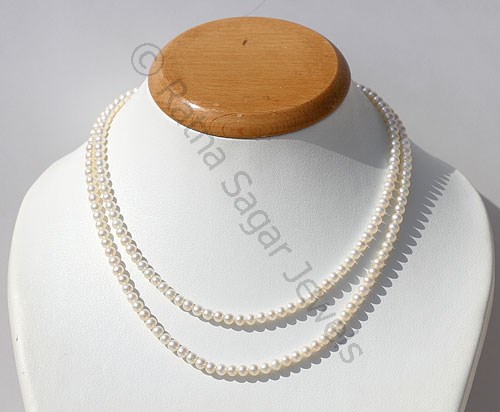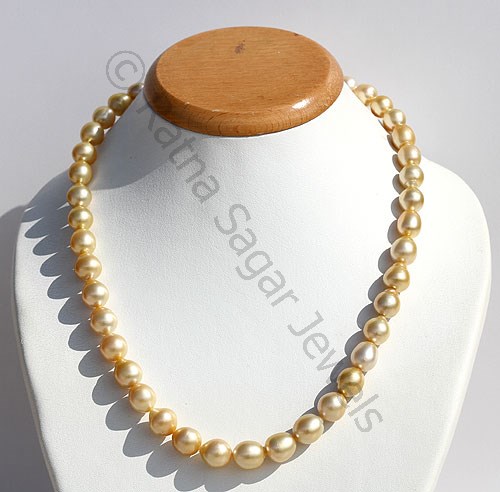Pearl is one of the oldest known gemstones. Along with amber, corals, jets, and ivory, the pearl is the only known organic gemstone that retains its place in the list of precious items in the world. Ivory and coral have witnessed a reasonable decrease in market share, considering the environmental regulations imposed on their extractions. However, as pearls make a wave of adulation across the world, there are some critical points you should know while buying them, especially related to their culture, surface finishing, and commercial selling.
Pearl farming:
Also called as pearl culture, pearl farming is a technology-driven science today. Cultured pearls are grown in controlled biological conditions using different varieties of molluscs. Depending on the family of bivalve molluscs, there are different varieties of pearls.
The pearl oysters used on pearl farming are:
- Freshwater mussels
- Marine pearl oysters
It is worth noting the fact that all shelled molluscs are known to produce “pearl” material in some form or the other. It is only the nacre secretion that gives the pearl its signature lustre and value.
Pearl finishing:
Due to the reduced term of pearl culture, the quality has significantly dropped. Thus, it calls for finishing process that gives the pearls their iconic lustre, reflection. refraction and diffraction properties. The degree of translucency heavily depends on the precision of finishing process.

Here are some of the accepted finishing treatments done on nacre pearls.
- Polishing:
It is a common treatment done on pearls coming from the South Sea pearl. The pearl is tumbled in the concentrated brine solution, which removes the layers of mucus and tissues over the surface. Polishing is also done by bleaching the surface to make them appear brighter.
Polished pearls are available in cream, light pink and yellow-brown shades. Unlike natural pearls, polished pearls show better results when polished with abrasive solutions.
- Maeshori:
Ever heard of heat treatment on pearls? Yes, Maeshori is a unique Oriental Pearl treatment that involves dipping of the Akoya pearls in a methanol solution. It effectively removes all impurities on the surface and also gives it a naturally brighter appearance, resembling the natural ones.
As far as duration of soaking is concerned, a pearl can be dipped in the alcohol solution for as long as 45 days! The treatment not only removes the impurity, but also heals the pearl of its flaws, cracks, and roughness.
- Bleaching:
A rather corrosive pearl treatment, this is done only to give the surface a more uniform appearance. It is applicable to pearls with thin nacre shell. Pearls with thick nacre are kept away from this processing.
- Buffing:
Often done to remove visible scratches on the surface, buffing with beeswax and chemical agents is a wasteful method that penetrates deep into the nacre. It is recommended only for minor scratches.
- Lacquer coating:
Pearls with light lustre are coated with lacquer to improve brilliance. It is a temporary treatment that often wears out. Commercial pearls are coated with silicone polymer coatings, but it not a widely accepted treatment.

In a nutshell, the cost of pearls drops significantly if there is any visible sign of surface finishing. That’s why natural pearls command a higher price in the market.
3c260f83-614a-4aae-a039-1b60dbfdcc19|0|.0|27604f05-86ad-47ef-9e05-950bb762570c
Tags
: Pearl Gemstone Beads . South Sea Pearl . Tahitian Pearl . Wholesale Pearl Gemstone Beads